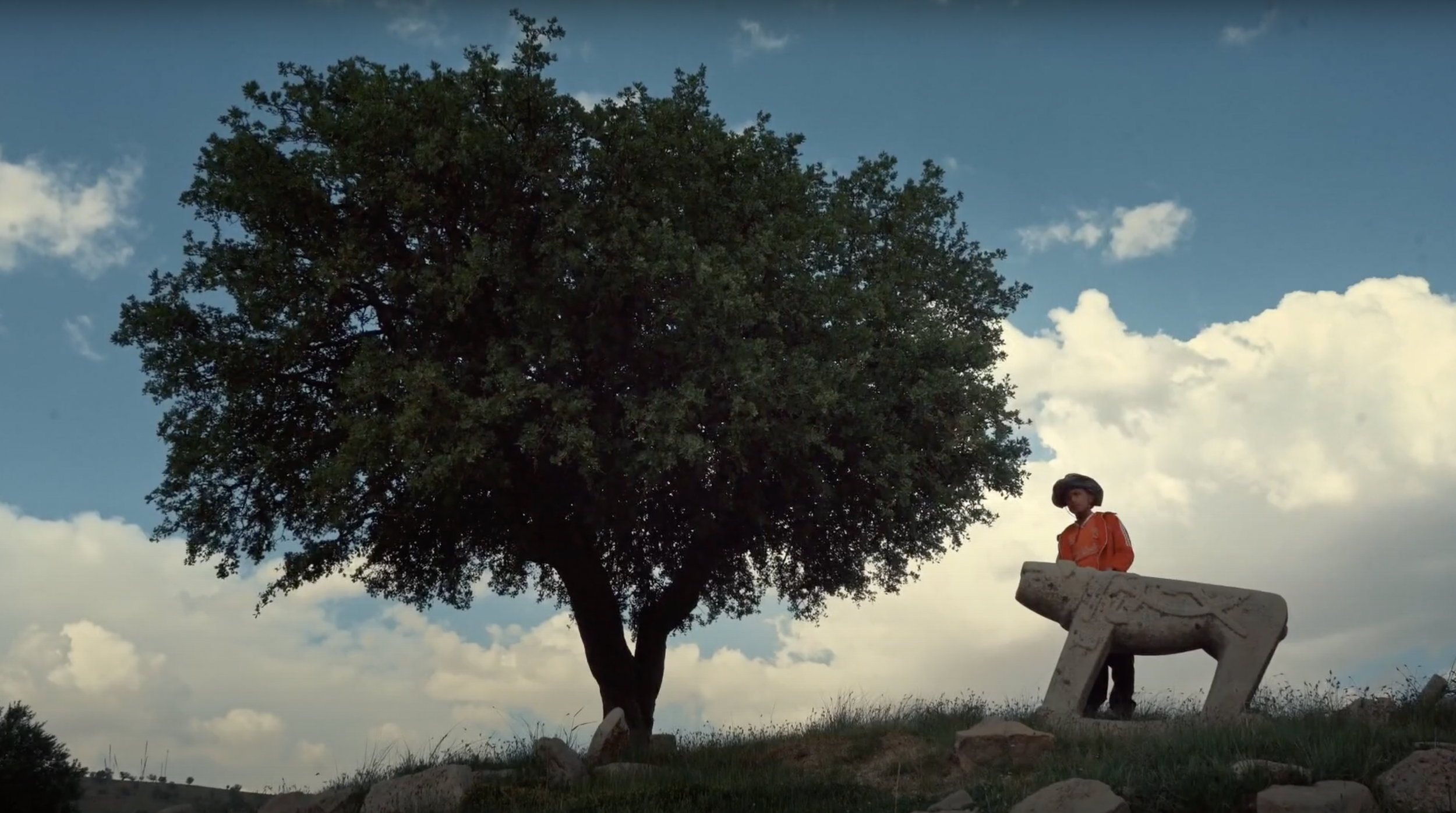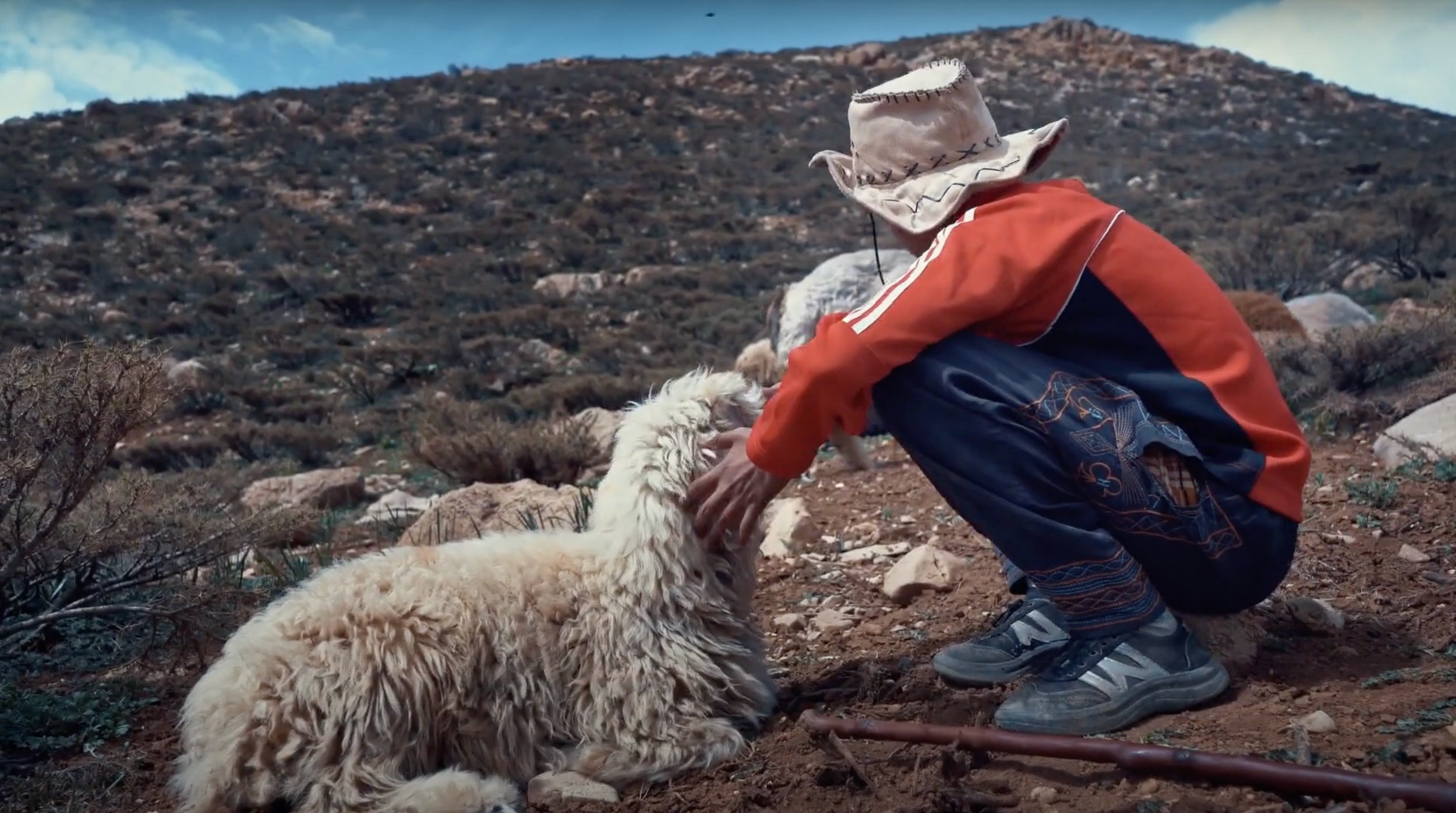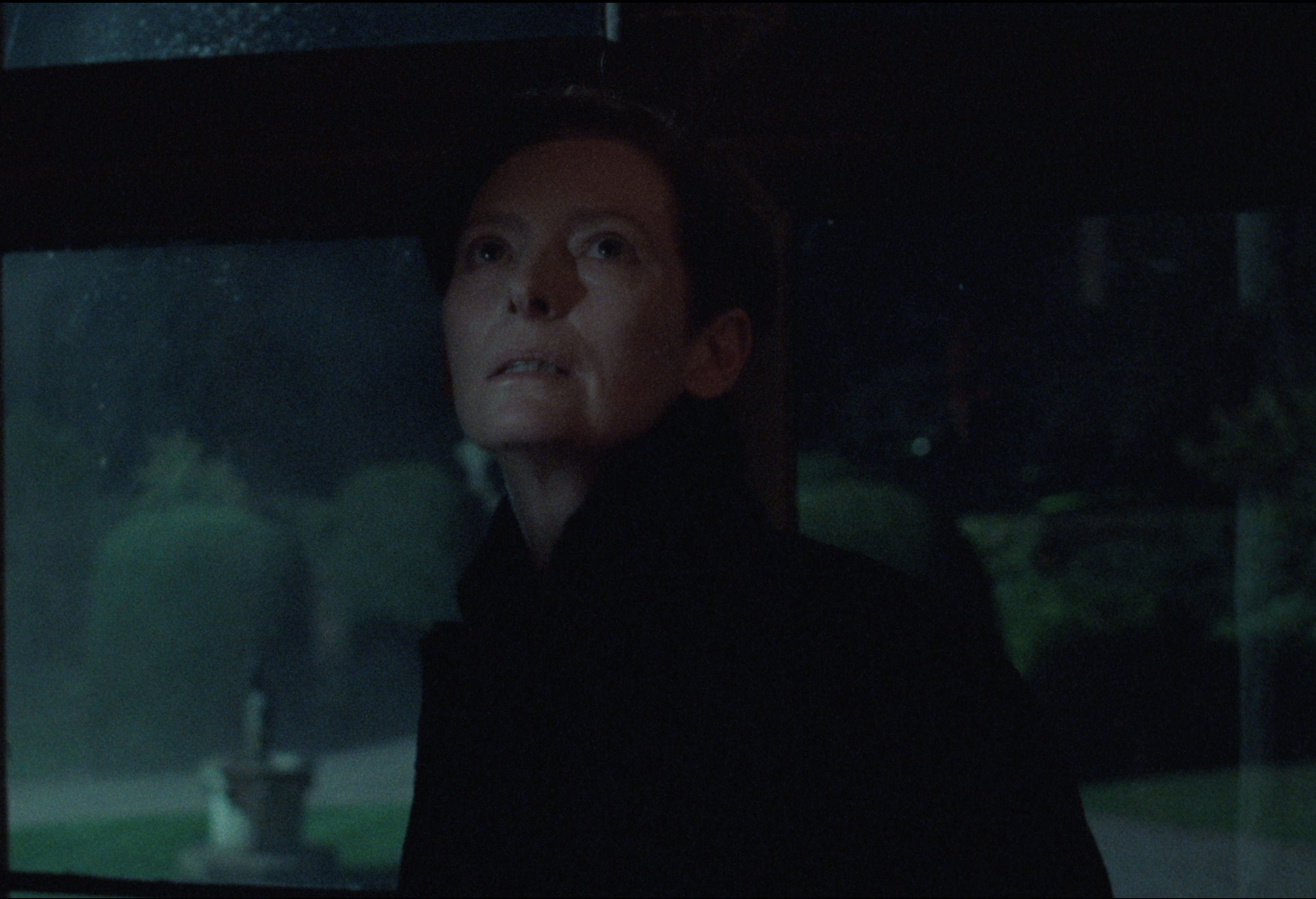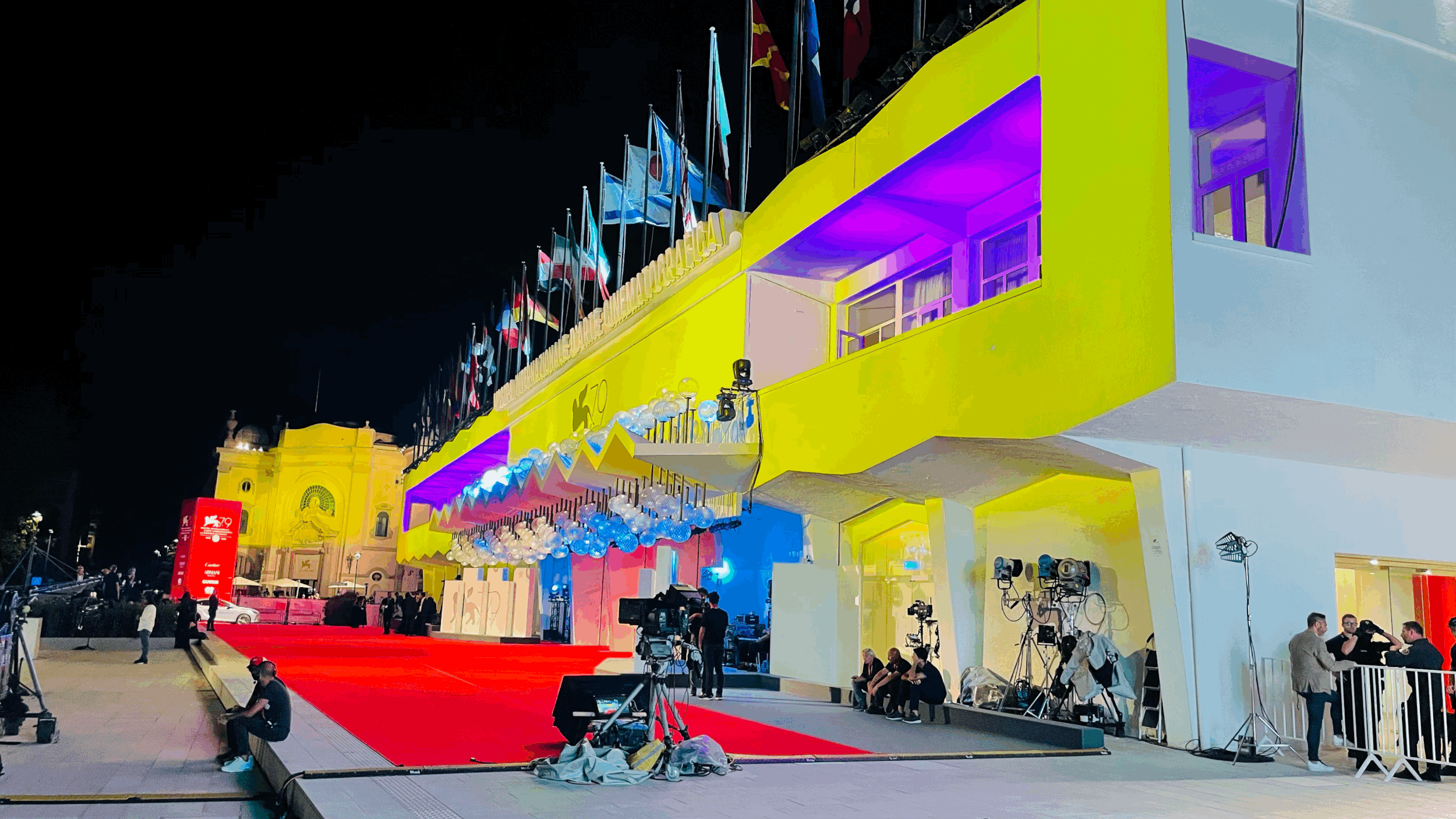Alone Directed by Jafar Najafi
Alone
Directed by Jafar Najafi
Starrings: Amir Mohammad
Country: Iran
Year 2022
Author Review: Shane Virunphan
Click Here for Italian Version
“Our house will have a bed.”
Article 16 of the Universal Declaration of Human Rights (1) decrees that babies are inadequate for marriage. It declares the existence of a limit but does not quantify it:
"Men and women of full age, without any limitation due to race, nationality or religion, have the right to marry and to found a family."
It establishes the need for a:
"Marriage shall be entered into only with the free and full consent of the intending spouses."
The declaration does not indicate a precise age but simply refers to full age. Full age is different among world nations, depends on cultural and social diversity.
What is the appropriate age to get married? For the twelve-year-old Iranian twins Marzieh and Razieh, their age is appropriate to get married: “Now we are adults, we must get married”. They are the protagonists of Alone, directed by Jafar Najafi, presented at the 79th Venice Film Festival.
The setting is the province of Chahar Mahal and Bakhtiari in southwestern Iran. A predominantly mountainous region and an agricultural economy with low income.
Child marriages are widespread in Iran. The statistics are impressive:
“More than 1,077,000 female child marriages have been registered in Iran in the last eight years, including 13,500 involving girls under the age of 13, with an untold number more taking place off the books.” (2)
More than a million young girls have been married, and there are more than thirteen thousand under the age of thirteen.
“But in Ardebil in 2021, some 55 percent of all marriages recorded in 2021 involved girls aged under 18. … The provinces with the highest known ratio of marriages of girls under the age of 15 were Zanjan, North Khorasan, and Razavi Khorasan, and of girls under 13 in Zanjan, Sistan and Baluchistan, and East Azerbaijan. There was also a high rate of marriages involving under-13s recorded in Khodabandeh, Bostanabad and Quchan counties.” (2)
The calculation is completely underestimated because, far from cities, many marriages are not registered. (3)
The situation is worse in other countries. At the top are Niger, Chad, Bangladesh, Mali, Guinea, the Central African Republic but also Nepal, India, Nigeria, Nicaragua. (4)
Even in the United States, underage marriage is high:
“According to the US-based organization Unchained At Last, some 248,000 children as young as twelve were married in the country between 2000 and 2010.” (5)
The reasons are different. In poorer countries, there are financial causes but also faster children's development. In Western nations, they are motives for immaturity. Precocious sexual activities are the first. Then, the lack of use of contraceptives. Furthermore, paedophilia is widespread, sought after and accepted in the upper and power classes, as in the Jeffrey Epstein affair.
How does Iran react and resist child marriages?
The instrument of the young Iranian director Jafar Najafi is the fourteen-year-old Amir. His father passed away, and Amir became the head of the family because he is the only male. The other members are the mother, the grandmother and the female twins. He had another older sister but she died shortly after her marriage.
The place's custom is explicit. The widower must marry the dead wife's sister. Consequently, a procession of mediators annoys Amir. They have to convince him. He should have to choose one of the two and give to his brother-in-law. However, the girls are twelve years old, and Amir refuses. They are too young, they are children. They have to devote themselves to frivolity and study. Amir opposes tradition.
The sisters play at being adults and want to get married. They face their brother's decision. The man is wealthy and the twin desires a comfortable house, with a bed. Their home is poor, without furniture but with a carpet.
There is one unitary theme in the film: the marriage of little girls in Iran in a depressed social environment. The director's opinion is clear:
"I'm talking about children's life in the film. It's about children and I believe they must live and be childly. That's why I use colourful elements, not only to make them more attractive to the viewer but because the message is that children must live in a joyful world, in a world full of colour and they must grow up like this. They must grow up living like children and they must not grow up too quickly. In the end, the message of the film must be no more child brides.” (6)
It is an understandable message. It excludes religious justification. It is the awareness of those who come from the region, like the author's thinking:
"... I know well the traditions and the different cultural strata of that tribe." (6)
Besides, Jafar Najafi deeply knows the inhabitants' mentality.
It is evident that he works meticulously with the kids, especially Amir, who is an absolute star.
Amir is a shepherd. He works a lot. He is forced to act like a man, but he is only a child. Opposing traditional rules, he is a rebel but likeable. He tears grass up from the meadow. He is nervous, he screams as if he were a master. In addition, he says cruel things to his sisters, but he loves and wants to protect them.
The film is a documentary. Jafar Najafi uses fiction in some parts in order to increase tension and rhythm:
“I also used some elements of fictional cinema such as tying knots, creating suspense , but this does not mean creating an event or interfering with reality.” (7)
His concept of a documentary is to create, at least in some sections, a drama:
“The documentary “Alone” is the hidden drama.” (7)
The director has a pure vision of the documentary. Alone is sweet, funny, colourful, naive. Quality to be conceived before editing:
“The discovery of this drama must have happened before reaching the editing room 1,31 and it should happened during the reserch and screeplay stage. I discover the drama in “Alone” during the research and screeplay stages.” (7)
His idea is honest, frank, sincere. Unfortunately, other documentarians do not think the same way, using editing as a weapon of mass destruction.
His thesis is confirmed by the scene when Amir physically attacks his sisters. The troupe intervenes in the frame to stop them. Or, when the widower arrives and provokes the staff by asking for explanations of their fury towards him.
The director does not hide. On the one hand, he adds fiction, on the other he shows the cinematographic production reality.
The introduction is both descriptive and social. Close-up of some little girls. A song. Someone takes a shower. Around, there is exclusively desolation. Wide shot shows their modest home. There is a conflict between Amir and the customs of his land. The consequences are constant quarrels, tough confrontations with intermediaries. Amir keeps being stubborn, so he is still hostile, but could he refuse for a long time? The expectation of a solution vanishes as life proceeds as usual.
The rhythm is dictated by the numerous contrasts in the plot. Young people's dialogues. The sisters are eager to marry. The irony of the difference of three minutes in birth between Marzieh and Razieh.
The divergence between their childish attitude: jokes, games, silly conversations and the wish to be adults. The quarrel and contrast between Amir and his sisters. From their smiling faces, it appears that the two little girls do not know what marriage is. They do not know or even imagine their obligations. The fixed camera allows characters to exalt. The beautiful clothes and primary colours enhance the bright atmosphere.
The director avoids making judgments. There is no good or evil. There are no religious influences. Iranian tradition is present in many mediators' speeches.




















Are cannibals evil? Follows this idea Luca Guadagnino in the film Bonus and All presented at the 79th Venice Film Festival. Luca Guadagnino follows this thought. He believes he is Dante Alighieri when he writes about Ugolino della Gherardesca in the Antenora, the second zone of the ninth circle of Inferno in the Divine Comedy.